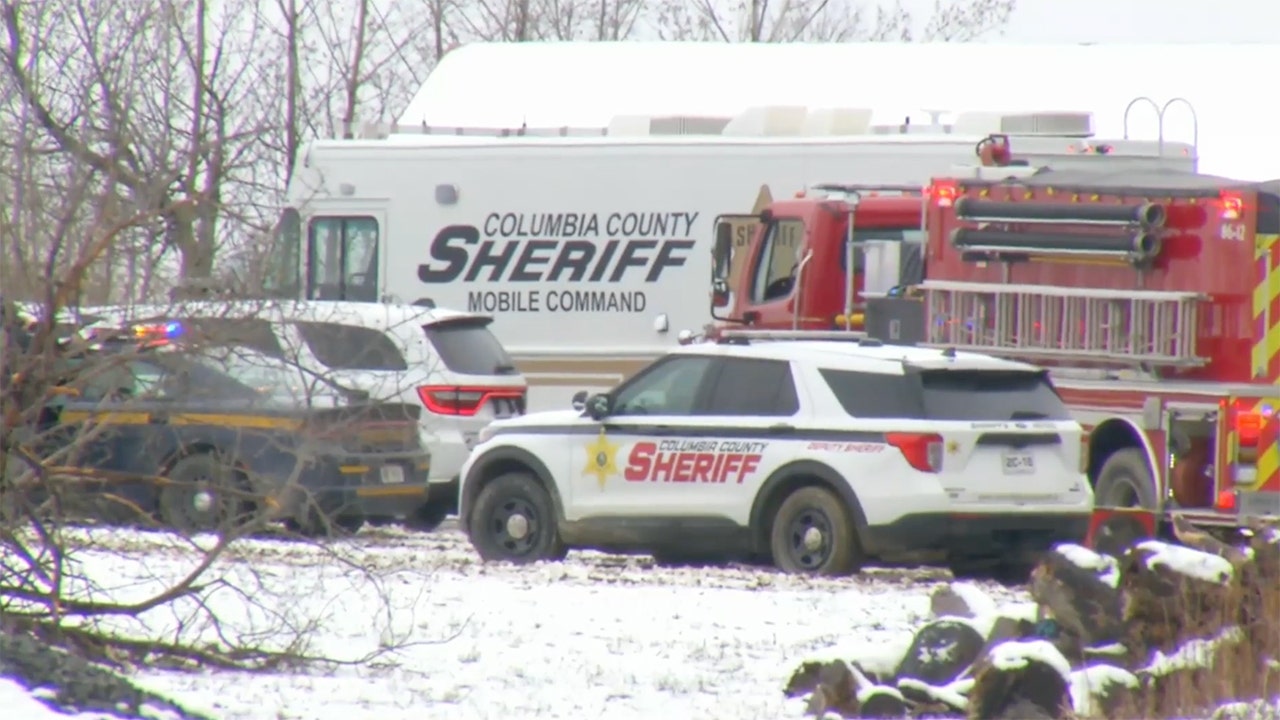On Sept. 29, 1982, Mary Kellerman woke up feeling sick. The 12-year-old girl from Elk Grove Village, a suburb of Chicago, asked her parents to stay home from school, and they gave her one extra-strength Tylenol capsule. She was dead a few hours later.
The doctors assumed she’d died from a congenital heart condition or perhaps an aneurysm. But then six more people across the Chicagoland area, ranging in age from 19 to 35, also died the same day from mysterious circumstances.
Before long, firefighters realized that all the deaths had one thing in common: Tylenol. After the bottles were scrutinized by a medical examiner, it was discovered they’d been laced with cyanide.
The deaths became “one of the most extensively covered news events since the assassination of President John F. Kennedy almost twenty years earlier,” writes Gardiner Harris in his new book, “No More Tears: The Dark Secrets of Johnson & Johnson” (Random House), out now.
“All three national networks made the poisonings the center of their broadcasts for weeks. Almost every newspaper in the country covered it through the fall, with more than one hundred thousand individual stories.”
It was a scary time for consumers nationwide. But it was especially daunting for executives at Johnson & Johnson, one of the country’s most beloved brands.
“Few American corporations have ever faced such a disaster,” writes Harris.
Tylenol wasn’t just a top seller for Johnson & Johnson; it was the company’s most important and iconic product.
“Sales in 1982 were expected to approach $500 million and account for nearly 20% of its profits,” writes Harris. “Now every major media organization on the planet was linking Tylenol with death. The company had to rescue the franchise, but how?”
It didn’t help that Chicago’s own mayor, Jane Byrne, held a news conference imploring city residents to bring their Tylenol to the nearest police station.
“Don’t take Tylenol,” she said, “not even in tablet or liquid form.” It was, to say the least, the worst public relations moment imaginable.
Johnson & Johnson was at a crossroads. Depending on how executives responded, it could either scare their loyal customers away forever or prove they were a company and a brand to be trusted.
In the end, they managed to pull off the latter.
Their response “has long been seen as the most ethical, honest, and effective crisis reaction in American corporate history,” writes Harris.
Johnson & Johnson has faced a lot of scandals over the years that could have (and in many cases, should have) destroyed them.
From lawsuits claiming their antipsychotic drug Risperdal didn’t warn about side effects like male breast growth, to a 2020 nationwide recall of their baby powder after evidence surfaced that it was contaminated with cancer-causing asbestos, to FDA restrictions of their COVID vaccine due to life-threatening blood clot risks.
But it was the Tylenol scandal that would forever define the company. Before the poisonings, “few people knew that Tylenol was made by Johnson & Johnson,” writes Harris.
But after their response, polls found “near universal recognition.” Last January, Fortune magazine ranked Johnson & Johnson as one of the most admired corporations in the world for the 23rd consecutive year.
“If there is a more American — quintessentially American — company than Johnson & Johnson, I do not know what it is,” Tyler Mathisen, a longtime CNBC anchor, told a network healthcare conference in May 2019.
How did Johnson & Johnson not just survive but thrive after the Tylenol panic of 1982? First and foremost, they acted fast. J&J executives agreed to pull every Tylenol capsule on every store shelf—about 31 million bottles. “It was the largest drug recall in history and cost J&J $100 million to manage,” writes Harris.
They also quickly added protective seals to all new Tylenol products, with a plastic ring around the necks of pill bottles and a foil placed over the bottle’s mouth.
“These measures were soon adopted by every over-the-counter drug manufacturer,” writes Harris.
But while it appeared that the company was decisive and expeditious, they were actually well-prepared for this moment.
“In the previous three years, the company had received 300 complaints about contaminations,” writes Harris. Johnson & Johnson was already working on tamper-resistant packaging, so when the Tylenol poisonings happened.
They also had something else that helped the company protect its public image: the most corrupt FDA commissioner in history.
Dr. Arthur Hayes Jr., who served as the FDA commissioner between 1981 and 1983, “believed drug regulation should be a collaborative process,” writes Harris. His idea of collaboration involved bribes from drug companies.
The Tylenol poisonings allowed him an opportunity to prove his loyalty to the medical drug behemoth. Hayes “lost little time in publicly exonerating Johnson & Johnson,” writes Harris. “FDA officials even took pains to tell reporters that the two lots linked to the poisonings were not being termed ‘recalls,’ which would imply a manufacturing defect.”
There’s no conclusive proof that J&J ever paid Hayes a dime during his time as FDA commissioner, “but he spent much of the rest of his life (after retiring as commissioner) working for a public relations firm owned by a former top J&J executive,” writes Harris.
When Johnson & Johnson relaunched Tylenol just a few months later, on Thanksgiving 1982, with tamper-resistant packaging, it was briefly the only over-the-counter medicine with the extra layer of safety, “providing the product with a halo it never surrendered,” writes Harris.
It wouldn’t be the last time Tylenol became a headache (no pun intended) for the company. In 1994, Antonio Benedi, a former scheduler for President George H.W. Bush, sued Johnson & Johnson, claiming that he suffered liver failure after using Tylenol Extra Strength to treat the flu.
The jury awarded him nearly $9 million in damages, and court documents found that “Johnson & Johnson had known for years that moderate drinkers — a description that applies to most Americans — could suffer catastrophic liver damage from ordinary doses of Tylenol,” writes Harris.
The trouble had started decades earlier, when J&J upped the amount of acetaminophen from 325 to 500 milligrams per pill to combat consumer belief that Tylenol, while safe, was less effective than other brands.
The FDA was reluctant to add a liver warning on bottles, deeming it unnecessary.
“The agency said it didn’t want people who were contemplating suicide to know the damage the drug could do,” Harris writes.
The brand’s avowed safety — its most iconic advertisement claimed it was the pain reliever “hospitals use most” — was, ironically, what made it so deadly.
A University of Pennsylvania study found that many patients who developed liver damage from Tylenol never bothered to read the recommended dosage as “they thought the drug was so safe,” Harris writes.
Despite the legal wrist slap, Johnson & Johnson emerged almost unscathed and today is still one of the largest and most trusted healthcare companies in the world.
The 1982 Tylenol poisoning has become a case study for students at Harvard Business School, which “used to teach thousands of executives-in-training that if they do the right thing even at considerable expense, customers will reward them,” Harris writes.
Even within the J&J inner ranks, a belief has solidified that “the company was a uniquely beneficial force for good in the world.”
They had a level of trust from consumers that was “all but impossible to degrade,” Harris writes. It was, he adds, “Corporate gaslighting on an epic scale.”













